NEW YORK—The strange painter was a difficult man to photograph. Pablo Picasso had already turned down a full list of some of the world’s top photographers with an insult given to each, when Look magazine handed him another 21 to choose from—hoping to finish their profile on the painter.
Finally, Picasso chose Tony Vaccaro, known for his images from World War II, TIME magazine, and Look magazine.
It was 1968 when Vaccaro arrived at the painter’s home in France. He had heard the stories. Cartier-Bresson, the famed French photographer, had tried for two years to get a good picture of Picasso, only to meet with failure. Vacarro refused to accept the same results.
After sharing some champagne and a conversation with the painter and his family, they stepped onto the balcony for the photo shoot. Picasso began striking different poses, and Vaccaro kept still. “He was posing like a model,” Vaccaro said with a laugh.
Looking down at his camera, Vaccaro told the painter that the camera was broken. “So as soon as I say this camera is broken, he stops posing and has this expression, and this is what I wanted—those eyes looking at you,” said Vaccaro, who is now in his late 80s.
The photograph of Picasso is now just one of thousands that fills Vaccaro’s portfolio. It is on display in a gallery in Astoria, New York, along with images of Eleanor Roosevelt and the Shah of Iran. The gallery is run by the Cultural Association of the Molise Region in the U.S.A., a cultural group for the area in Italy where Vaccaro grew up.
The Art of Photography
The art of photography, according to Vaccaro, is finding the part that makes each person unique and capturing it in its pure, unaltered form.
“Most photographers pose their pictures,” said Vaccaro, smiling. “They tell the person don’t move, or whatever. Where, I leave them as they are.”
Vaccaro pointed to a photograph of Jackson Pollock looking intense, with his chin resting in his hand. “See what I’m trying to do with portraits? Trying to give you an idea of their personality,” said Vaccaro. “When I arrive at the home of a subject, I will not take a picture until I see what kind of person he is.”
A photograph of the renowned philosopher Bertrand Russell, looking down in deep thought is among the gallery. Viccaro said he wanted to capture the philosopher thinking, “So I asked him a tough question, and it took a long time for him to think about it, you see, and while he was thinking I took the picture,” he said.
Each of his photos tells a story. Faces staring out from frames, moments captured in the 20th century that helped define today’s society.
Hanging near the photo of Pollock is one of legendary Italian actress Sophia Lauren. She and Vaccaro were friends in their youth. “When she came for this picture, usually she arrived always late. But this morning, she arrived about half an hour early,” said Vaccaro. He had just finished a shower when the doorbell rang. Thinking it was the elevator attendant, he went to the door.
“So I opened the door with the towel around me and it was her, and she looks at me from toe to head and says, ‘Tony Vaccaro, sempre pronto,’ which in Italian means ‘always ready,’” he said.
A Dream Realized
Each day after school, he would go to his uncle’s barbershop and read through the various magazines and newspapers for customers. “So, I learned things not from school, but from these newspapers,” said Vaccaro. “I wanted to become a foreign correspondent, a journalist. However, after I came back to America I had forgotten English, and puff, I couldn’t become a foreign correspondent.”
Realizing his dream to be a writer was off the list, a teacher suggested he become a foreign correspondent photographer. “Quickly the light lit, and I said, ‘Wow.’”
He worked as a golf caddy to save enough money to buy his first camera. He told the camera store clerk that he wanted “a camera with which I can sneak up with pictures and they don’t notice me,” Vaccaro said.
The store clerk brought him a 35mm Argus C3, an inexpensive rangefinder camera—the one he later used in World War II.
During the war, Vaccaro took more than 8,000 photos, but half of them were later lost in a flood. The rest have become images that immortalize the time—one of his more famous is “The Kiss,” a celebration in France after the Americans liberated one of the towns.
After the war, life was hard. “Aiming a rifle at a human being destroys you,” he said. It wasn’t until 1951 that the war left him and it was a photo that marked his letting go.
“I didn’t want to see anybody,” said Vaccaro. “Little by little you forget, and at a certain point you decide you need to become a human being again.”
The photo is of a girl in a striped suit jumping in the air, a smile on her face. He clicked the photo while she was in the air, her arms and legs blurred from movement, but her face and body clear.
“I wanted a woman that was expressing a feeling of joy,” he said. “I think I succeeded. To me it says joy, happiness.”

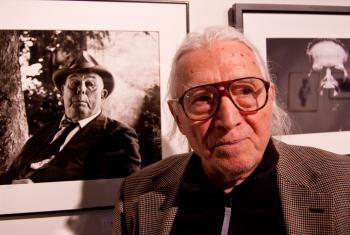

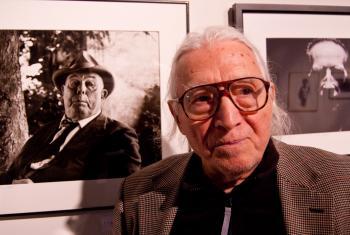

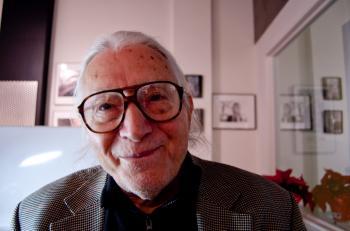
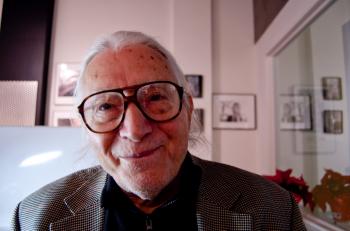
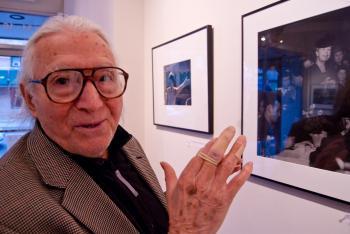
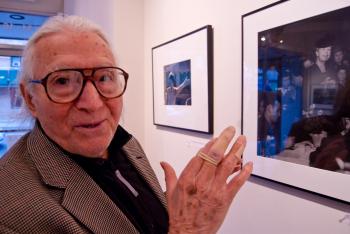
![[LIVE 4/26 at 10:30AM ET] New Push Started for Global Digital Currencies](/_next/image?url=https%3A%2F%2Fimg.theepochtimes.com%2Fassets%2Fuploads%2F2024%2F04%2F19%2Fid5633115-0426-1080x720.jpg&w=1200&q=75)
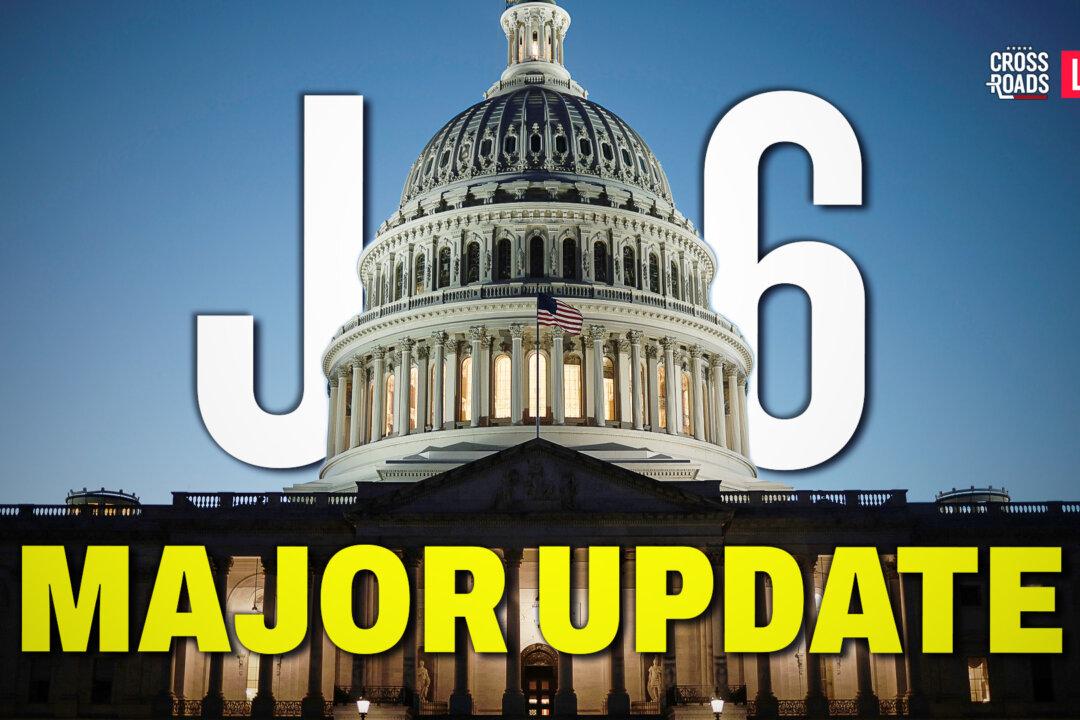


Friends Read Free